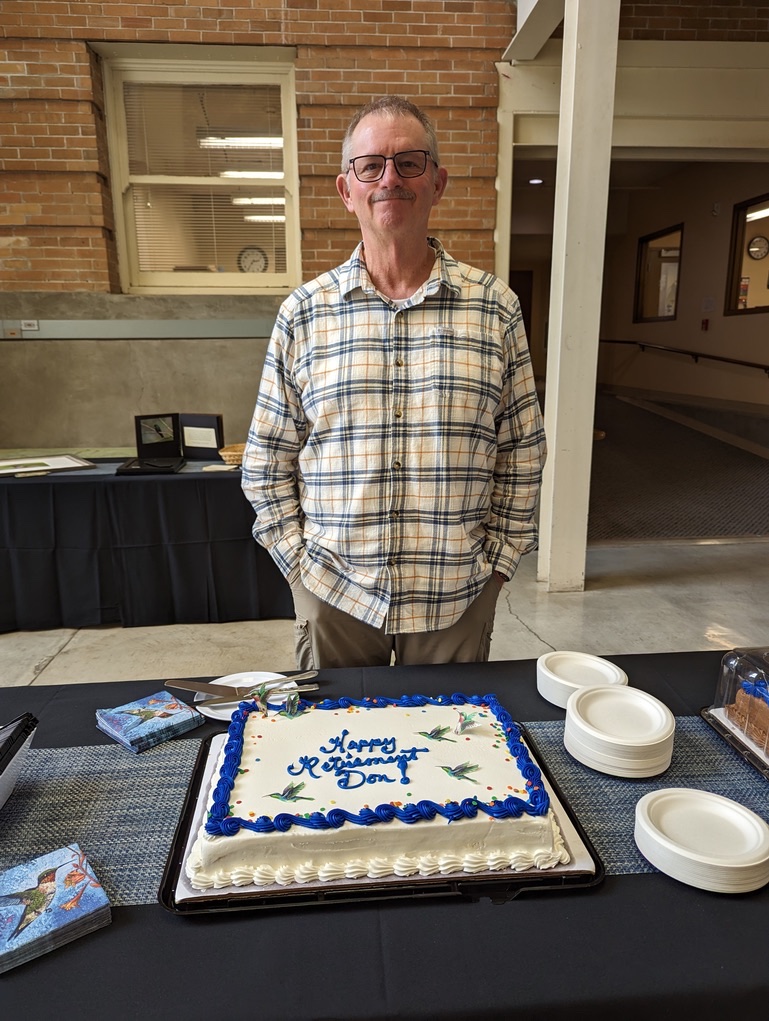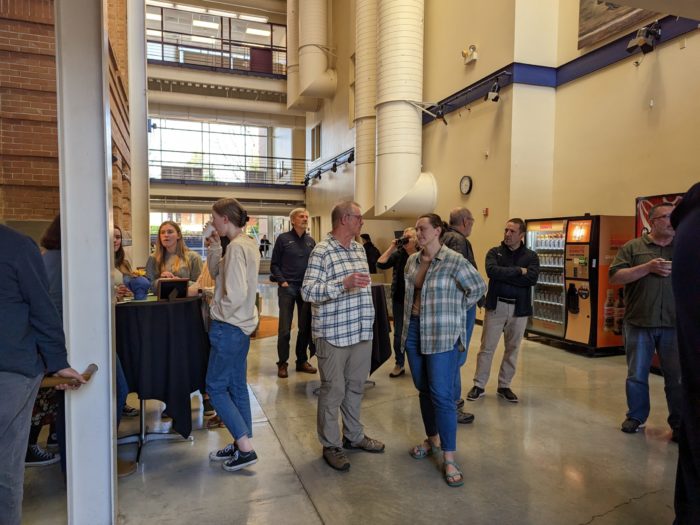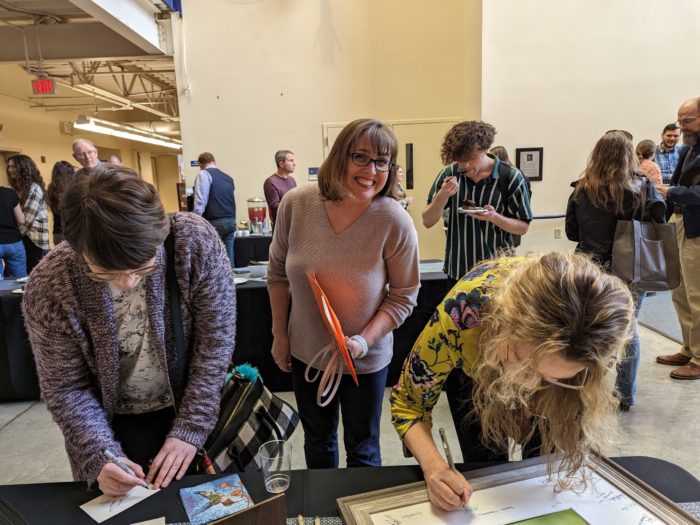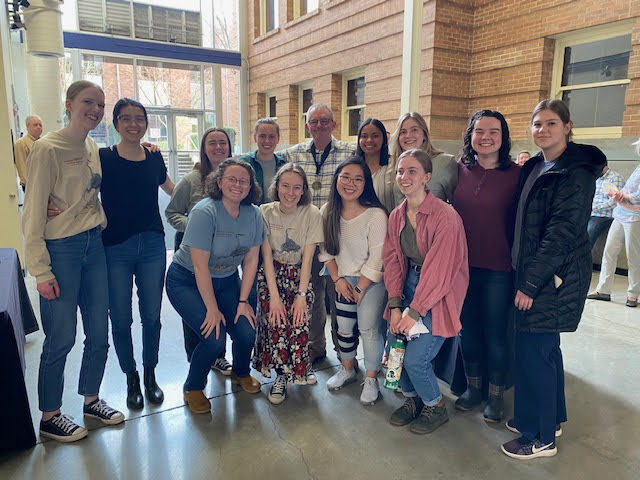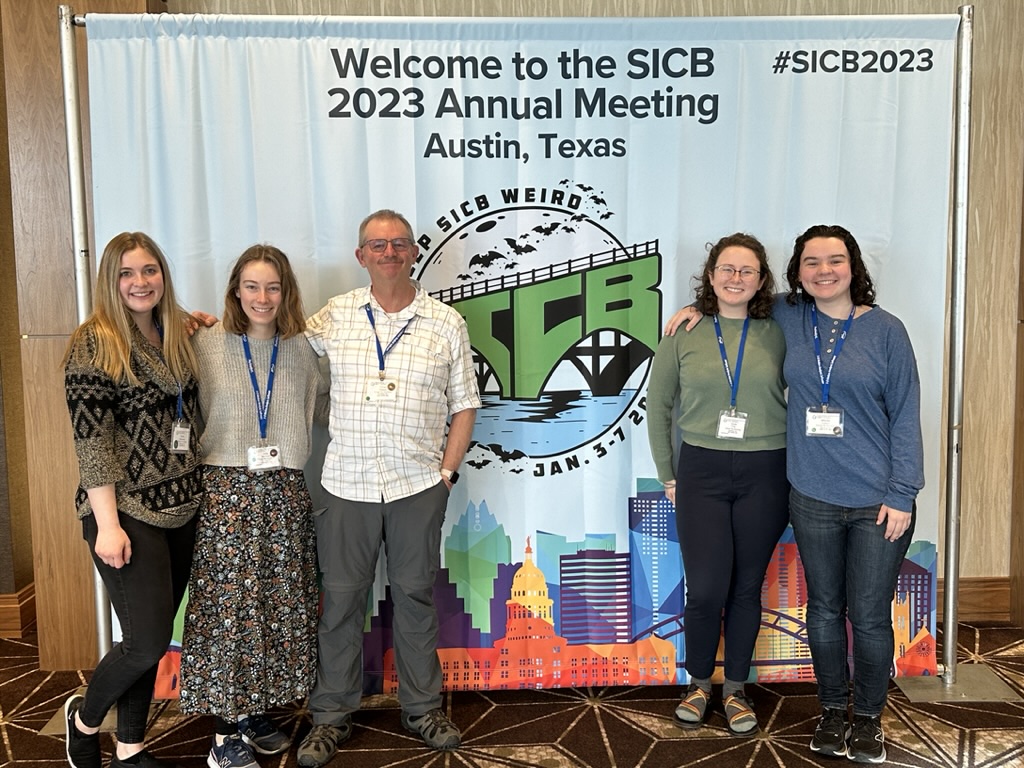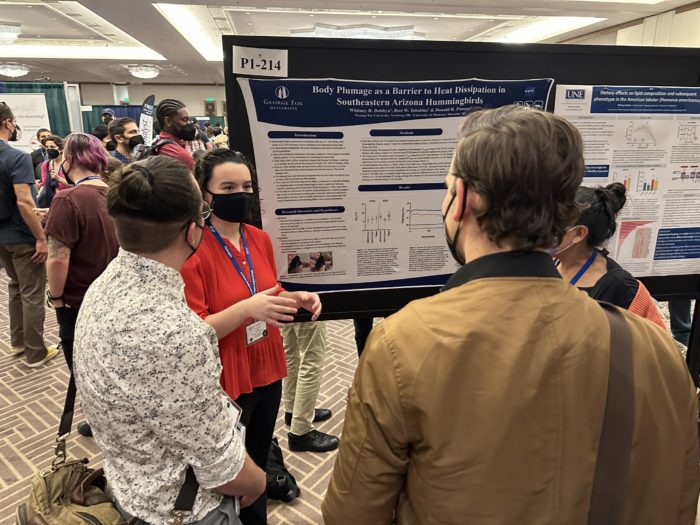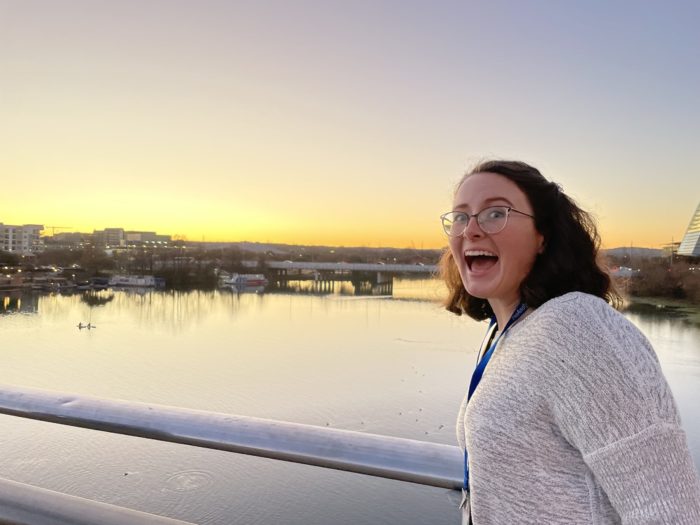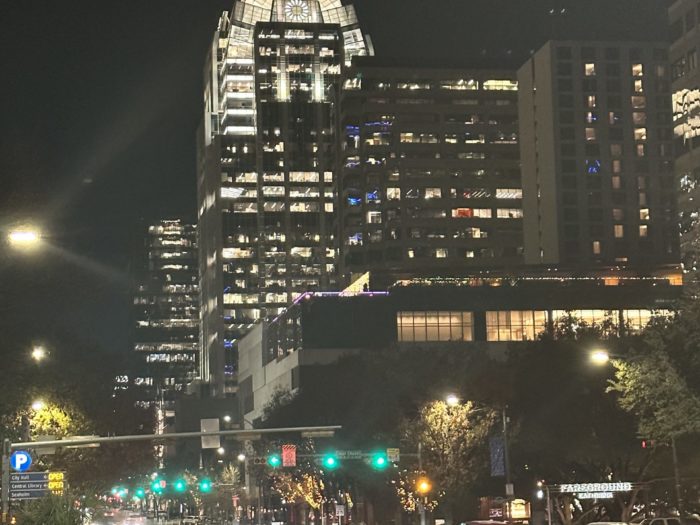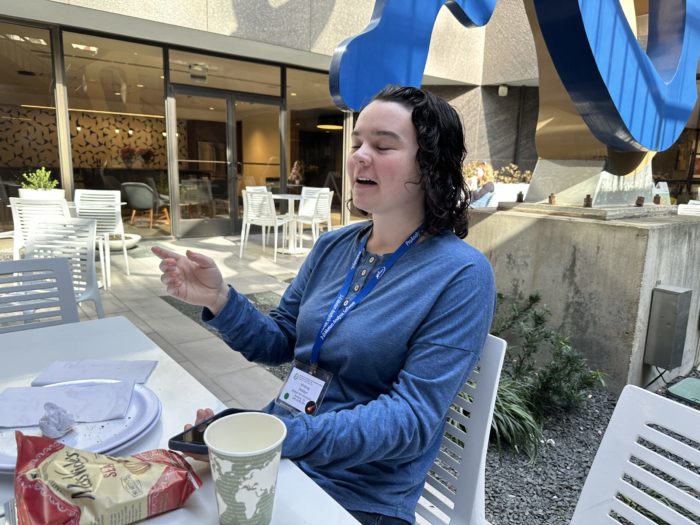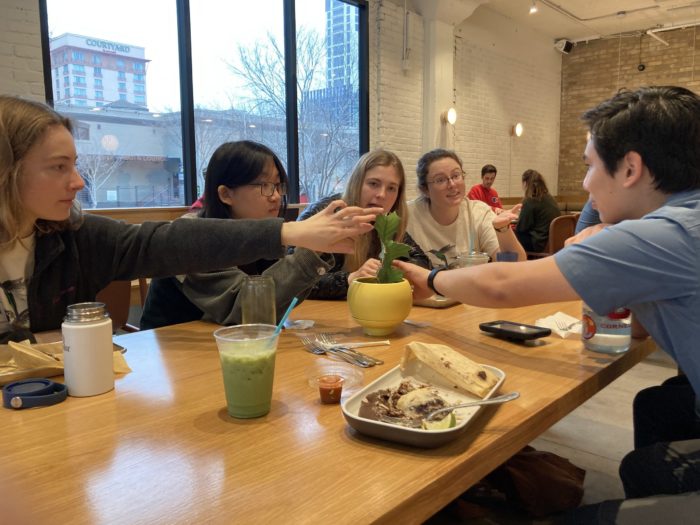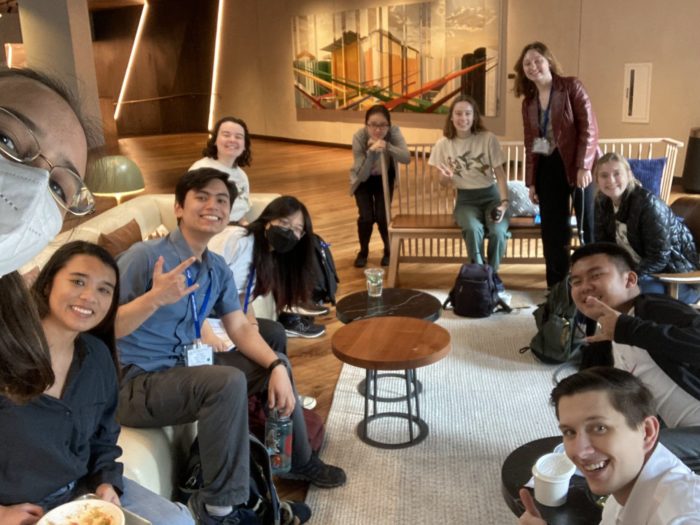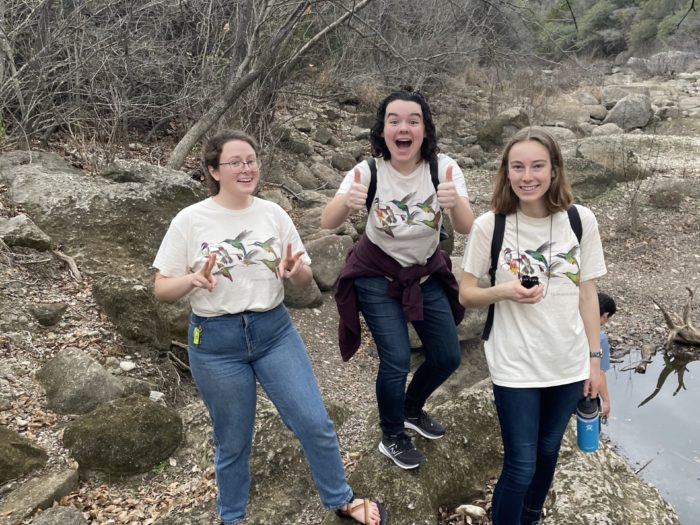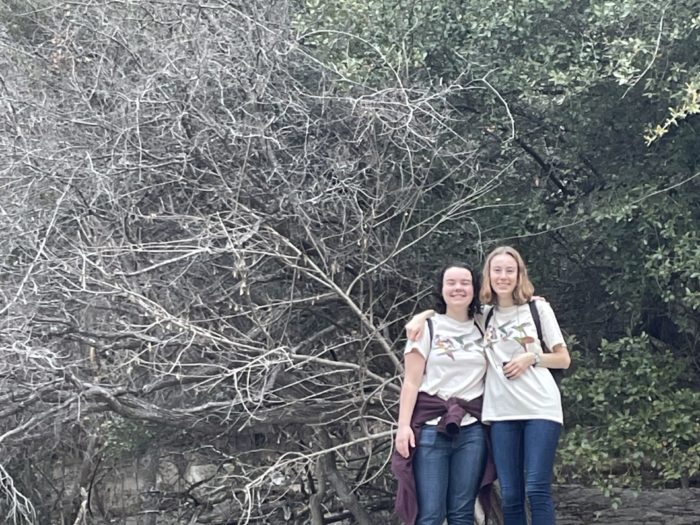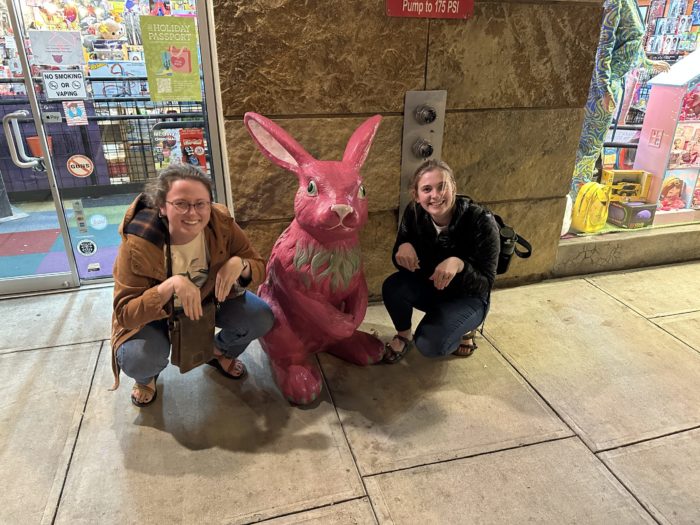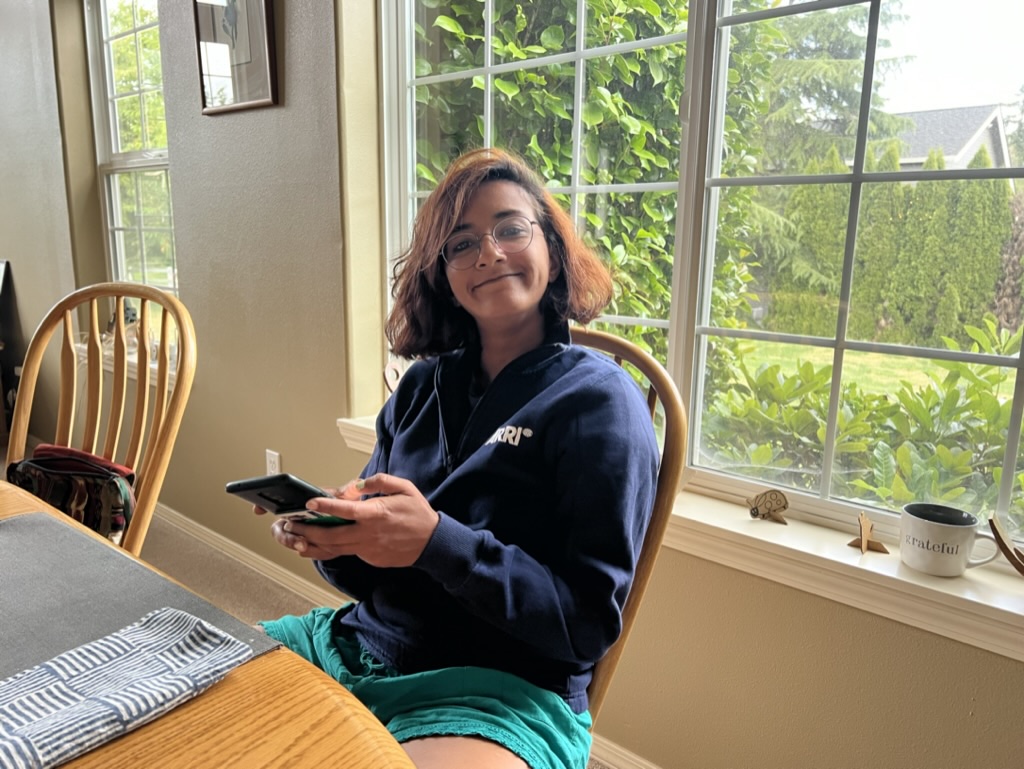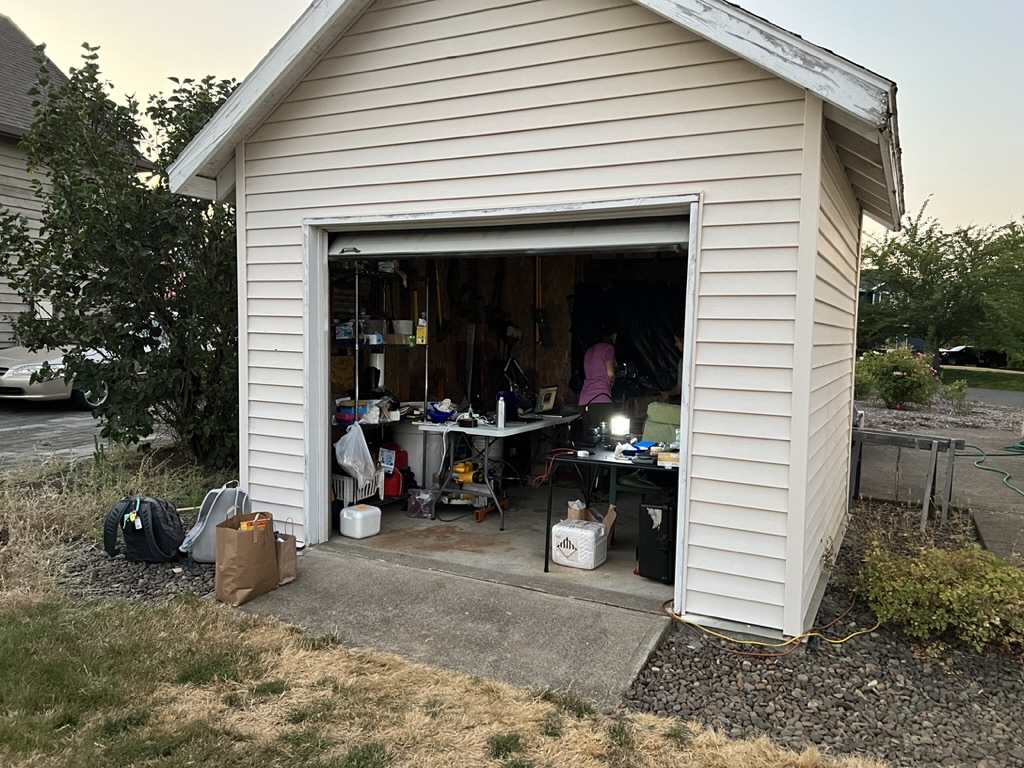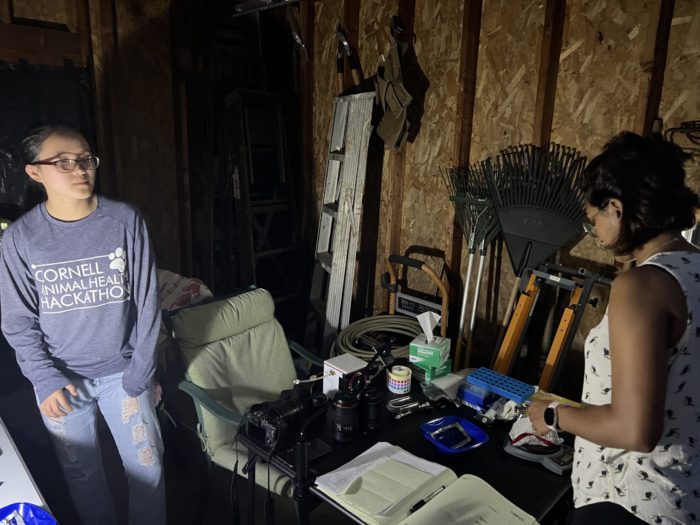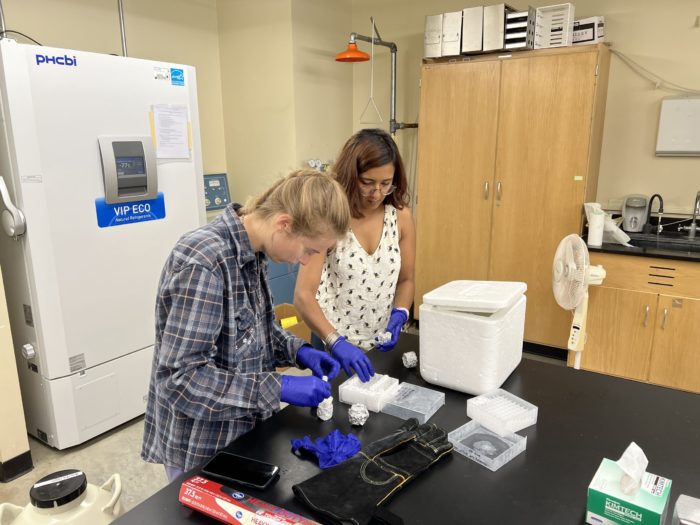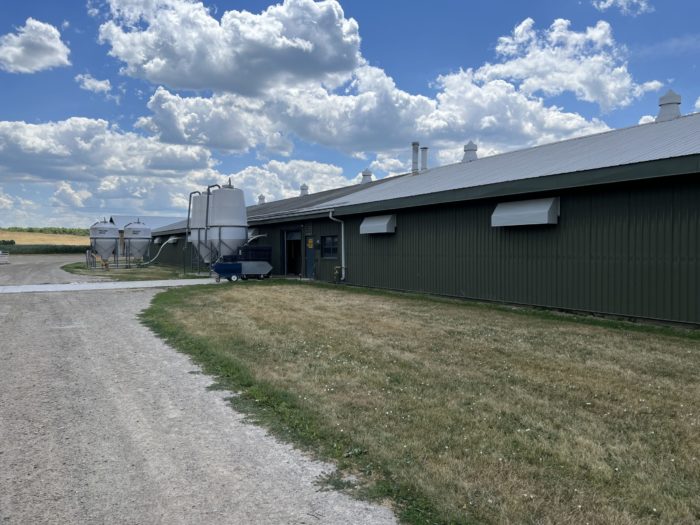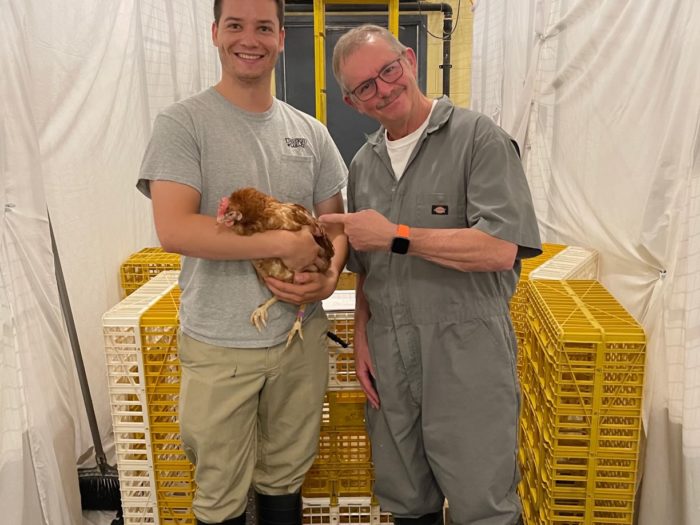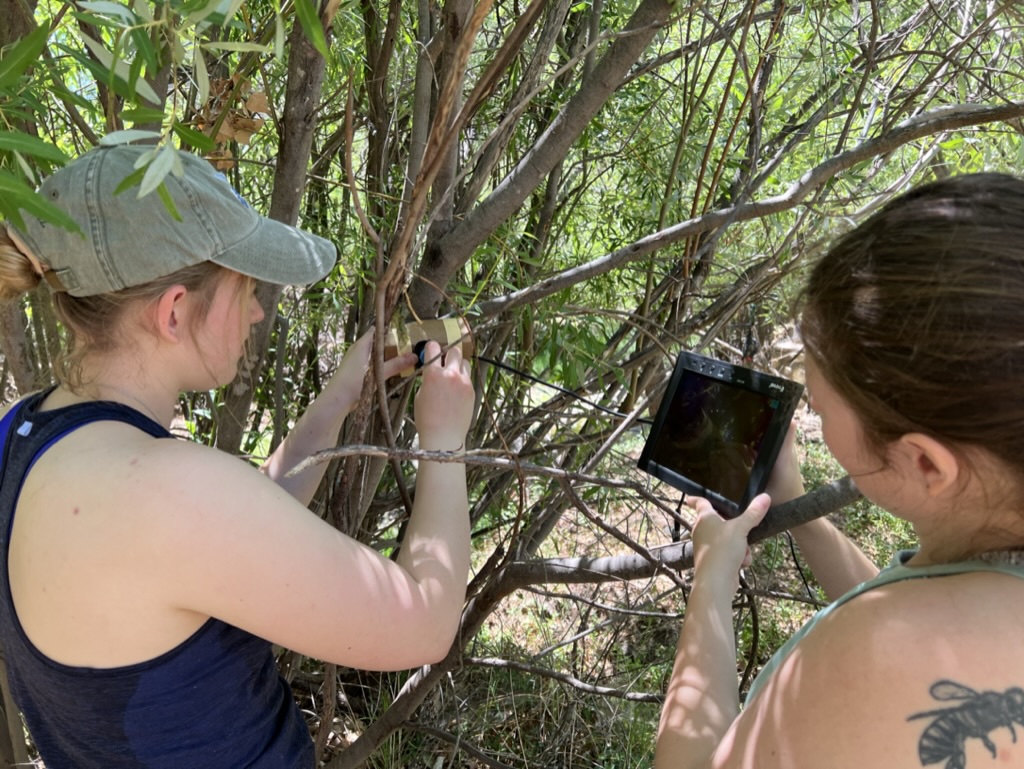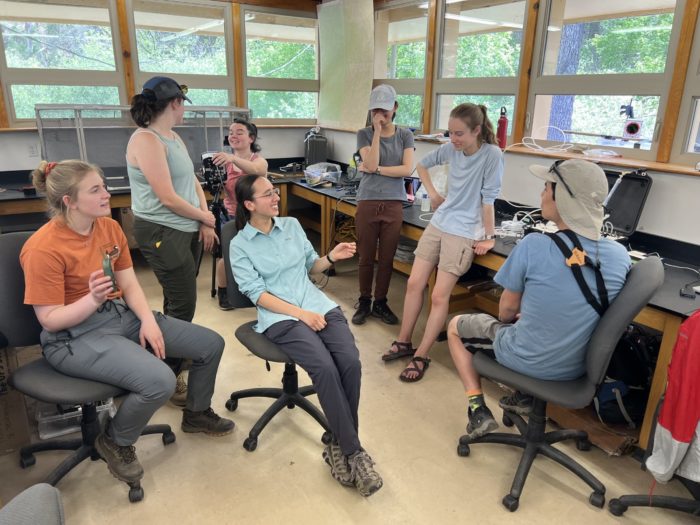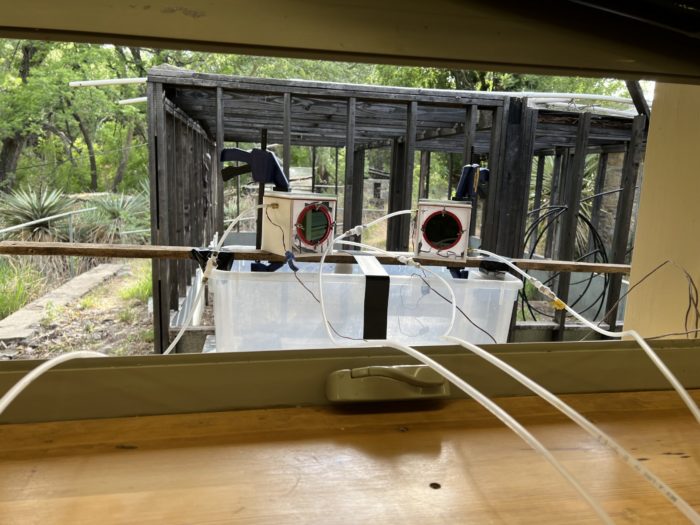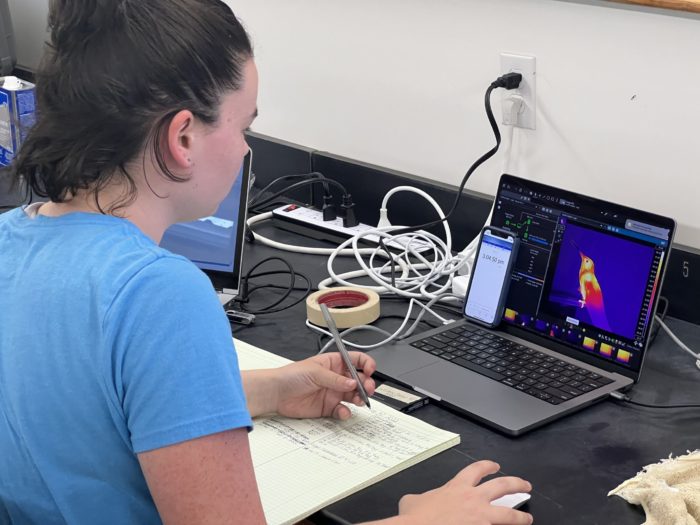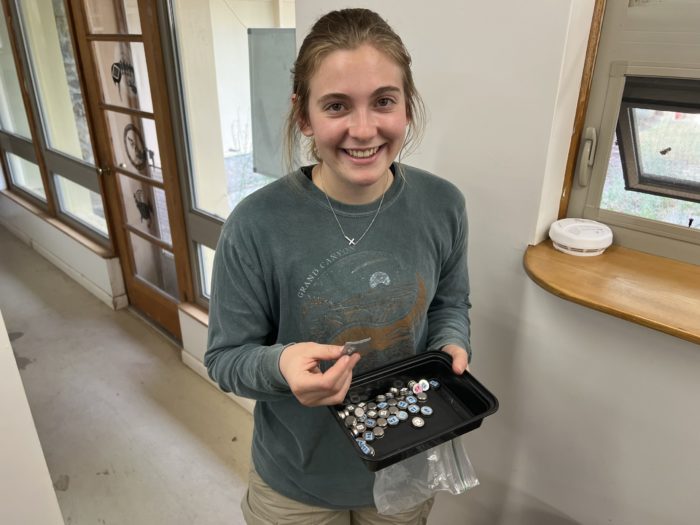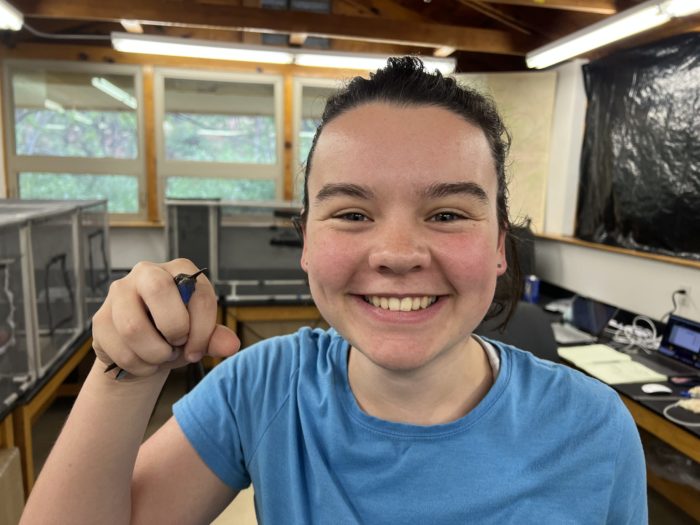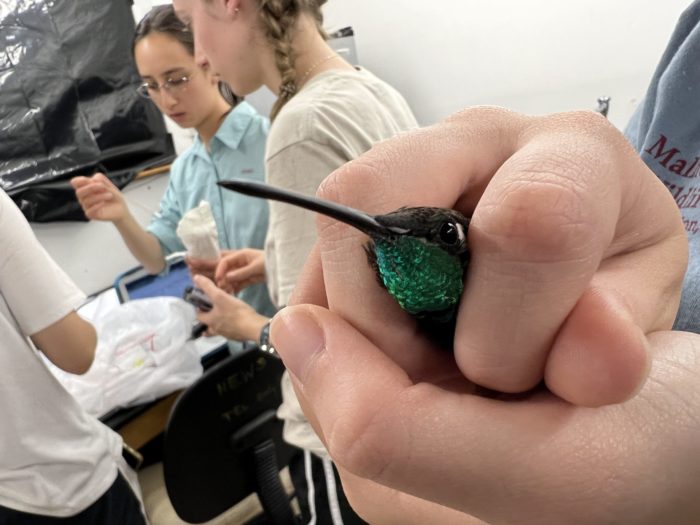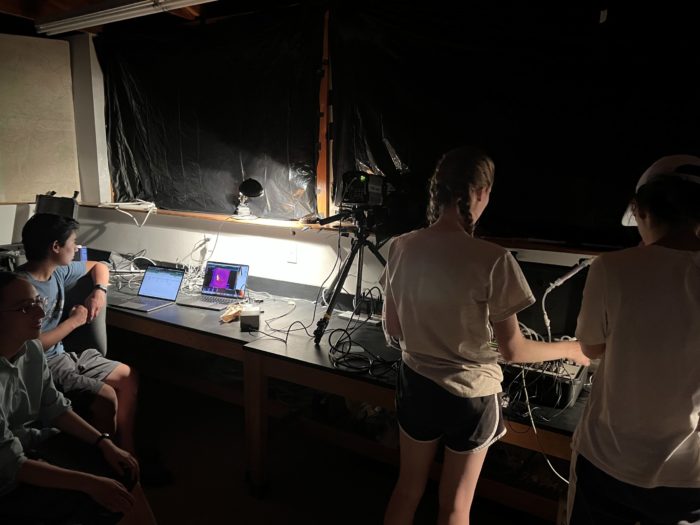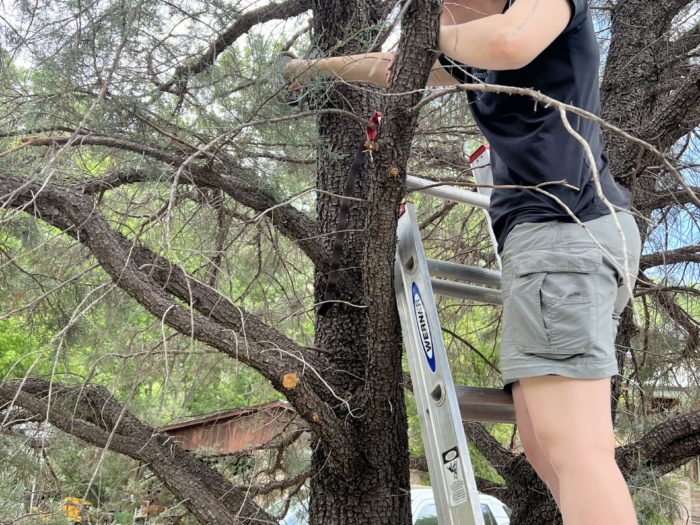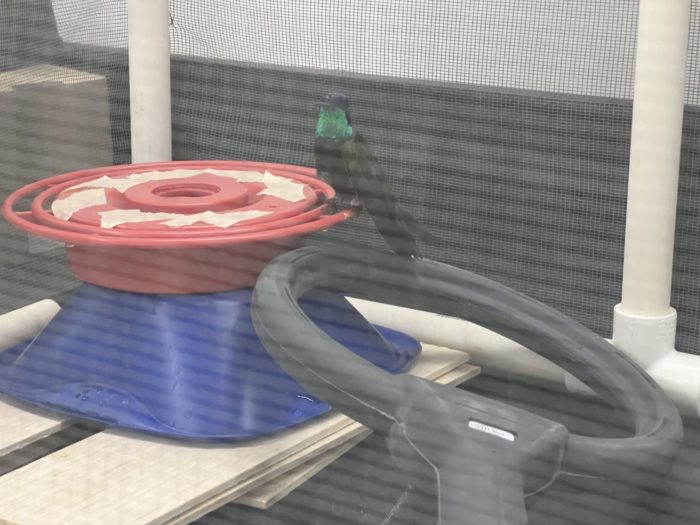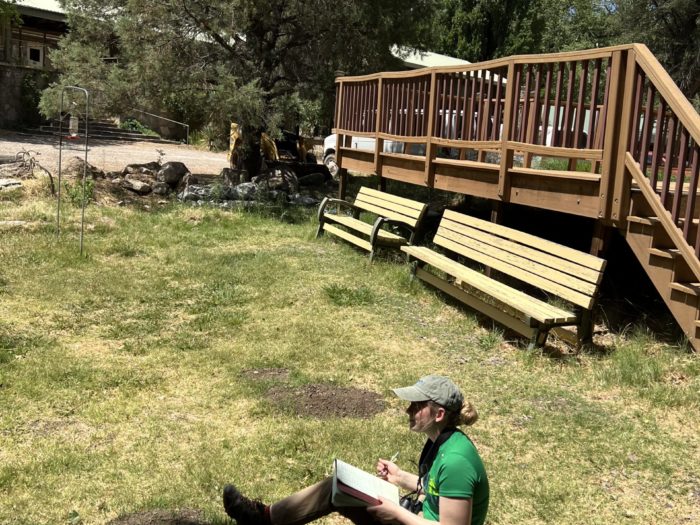After 34 years of teaching at George Fox University I have decided to retire. This is something I have been thinking about for some time but last February I made the choice to pull the trigger. Many factors have gone into this decision, and I will not go into all them here, but without a doubt now is the time. I have been blessed in so many ways the past 34 years. Since I first arrived here in 1989 I have had the opportunity to teach and mentor countless students, several of whom made the effort to come to and participate in my retirement celebration. It was humbling to listen to their stories of our encounters some of which stretch clear back to my early years. While I have never had the opportunity to have official graduate students I have had the joy and pleasure of working with 80-90 budding undergraduate scientists in my lab over the years who performed well beyond what anyone expected. Even though I set the bar high without exception my students lept well over it. Over the years I have had the opportunity to mentor a few graduate students at other institutions. Hopefully I was able to play a small part in their development as well.
So what is next? Even though I will no longer be in the classroom the Powers Lab will go on. We might no longer have a physical location but research is burned into my firmware. Science is what I do and will continue to do. Next month I will be off to Montana to continue my collaboration with Bret Tobalske and begin mentorship of a former Powers Lab student Rosalee Elting who has just started a Ph.D. in Bret’s lab. I will be moving to the east coast to be nearer family but will make regular trips back to the university to work with respirometry and stable isotope equipment that will continue to be housed there. So, I am not going away, but rather am just entering a new phase. Cheers!

